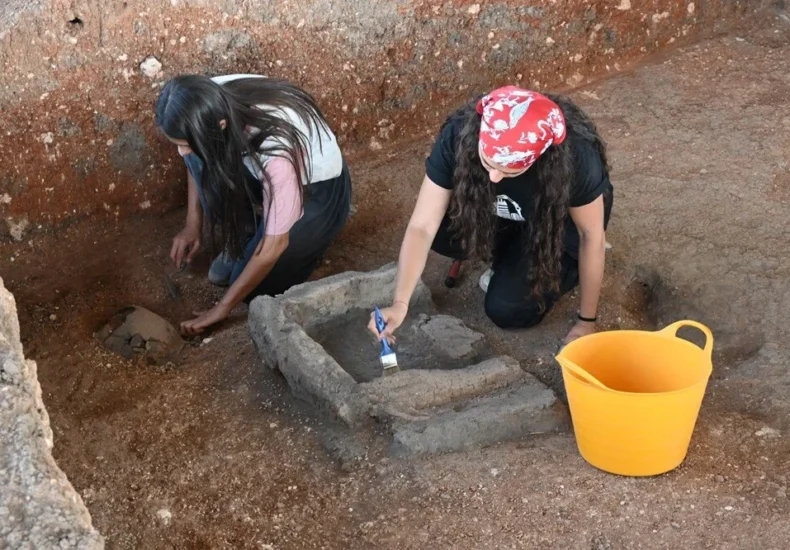
5,200-Year-Old Climate Adaptation Strategies Unearthed at Küllüoba in Türkiye
Archaeologists in Eskişehir, Türkiye, have uncovered remarkable evidence of how early Bronze Age communities adapted to climate challenges more than 5,000 years ago. Excavations at Küllüoba Höyük, a site continuously studied since 1996, reveal that the settlement—dating to 3200–3300 BCE—was not only carefully planned but also strategically designed to withstand harsh environmental conditions.
Houses Deliberately Buried for Preservation or Ritual?
According to Prof. Murat Türktekin, who leads the excavation, researchers discovered that entire houses had been intentionally buried beneath a thick layer of red soil known as “caliche”. “This was not accidental. We are talking about a large-scale, organized effort covering an area nearly 100 meters wide. Some houses were preserved almost intact, complete with doors, hearths, storage silos, and ventilation systems,” Türktekin explained.
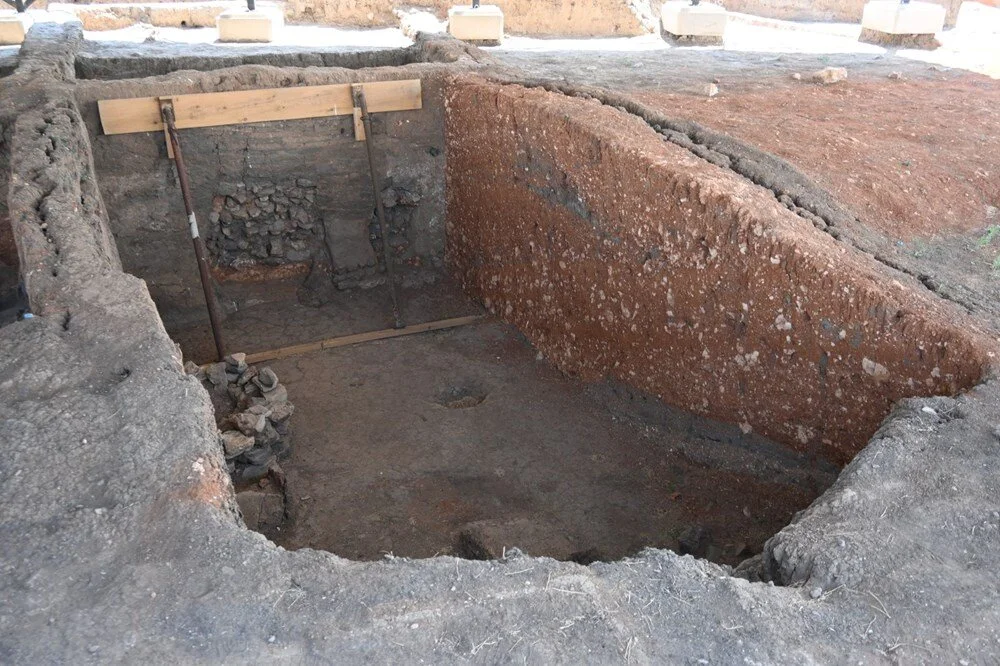
Why these homes were buried remains a mystery. “Was it a protective measure? A response to climate conditions? Or something symbolic? We don’t yet know,” he added. The use of red pigment, found in pottery and possibly textiles, suggests a cultural or ritual significance, further deepening the mystery.
Adapting to Drought with Alternative Crops and Herding
One of the most significant findings relates to agriculture and livestock strategies during periods of severe drought. Analysis of soil and seed samples revealed that farmers replaced traditional wheat and barley with grass pea (Lathyrus sativus)—a crop highly resistant to arid conditions. In animal husbandry, goats were favored over sheep for their resilience to water scarcity.
📣 Our WhatsApp channel is now LIVE! Stay up-to-date with the latest news and updates, just click here to follow us on WhatsApp and never miss a thing!!
“This shows a remarkable level of environmental awareness and adaptation,” said Türktekin. “While today we still plant water-intensive crops in drought-prone regions, 5,000 years ago people were making smarter choices for survival.”
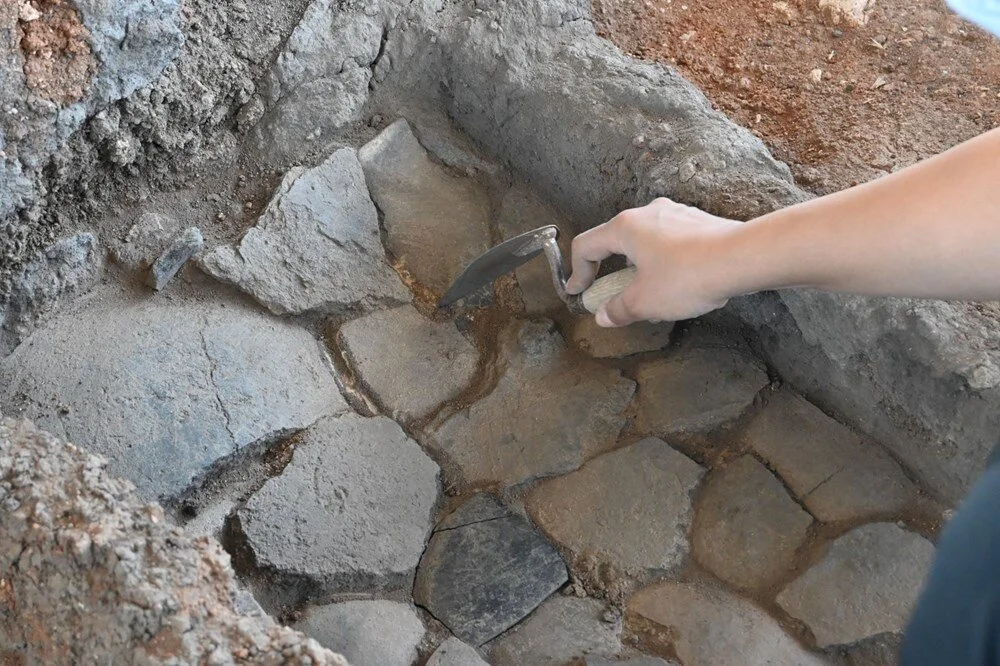
Küllüoba: One of Anatolia’s First Planned Settlements
The site stands out as one of the earliest examples of urban planning in Anatolia, featuring interconnected houses with shared walls and a fortified, inward-facing layout. Every home functioned as a multi-purpose unit, combining living space, storage, and textile production workshops—an early sign of household-based craft specialization during the Bronze Age.
You may also like
- A 1700-year-old statue of Pan unearthed during the excavations at Polyeuktos in İstanbul
- The granary was found in the ancient city of Sebaste, founded by the first Roman emperor Augustus
- Donalar Kale Kapı Rock Tomb or Donalar Rock Tomb
- Theater emerges as works continue in ancient city of Perinthos
- Urartian King Argishti’s bronze shield revealed the name of an unknown country
- The religious center of Lycia, the ancient city of Letoon
- Who were the Luwians?
- A new study brings a fresh perspective on the Anatolian origin of the Indo-European languages
- Perhaps the oldest thermal treatment center in the world, which has been in continuous use for 2000 years -Basilica Therma Roman Bath or King’s Daughter-
- The largest synagogue of the ancient world, located in the ancient city of Sardis, is being restored

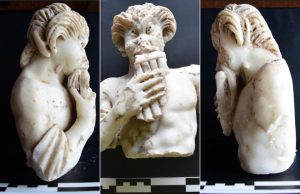
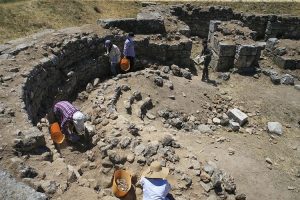
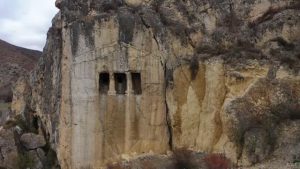
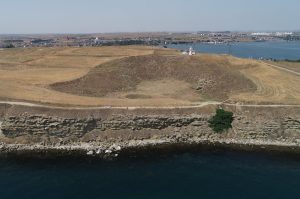
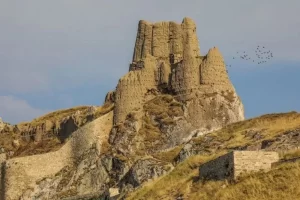
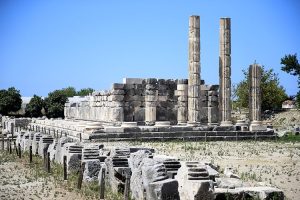


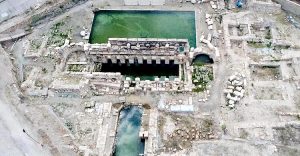
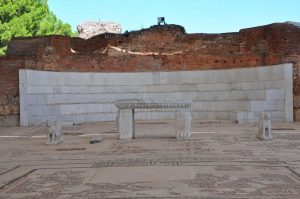
Leave a Reply